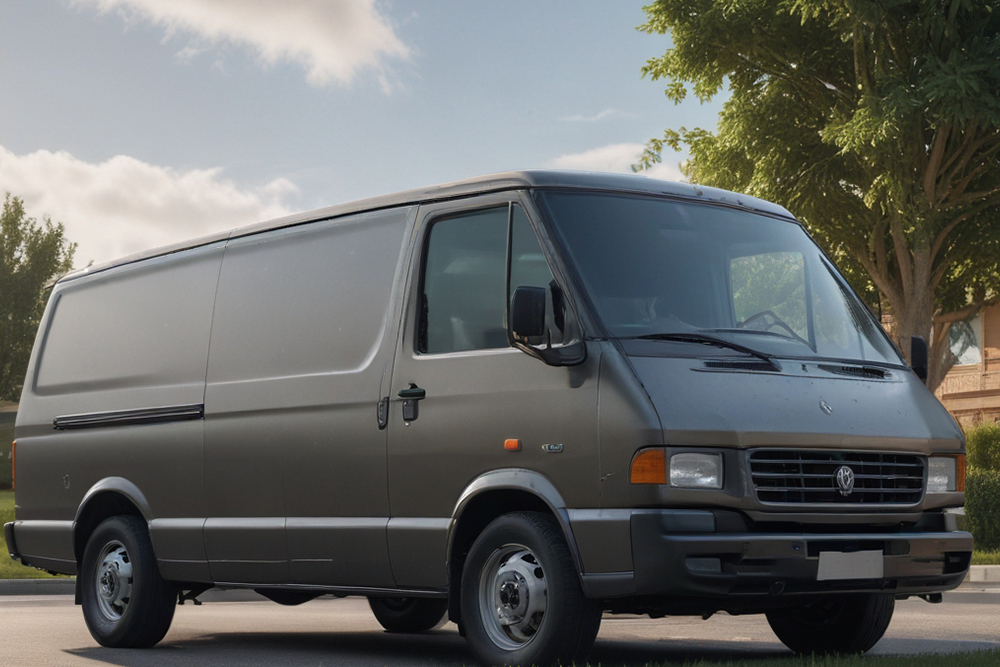Essential Guide for Purchasing a Second-Hand Delivery Van
Learn essential tips for buying a used cargo van, including evaluating insurance costs, resale potential, fuel efficiency, cargo needs, and overall vehicle condition. This guide helps small business owners and individuals make informed decisions to ensure durability and cost savings in their purchase.
Sponsored

For small businesses and individuals managing city deliveries, a cargo van offers ample space for secure package storage. Opting for a used version can be cost-effective, but it's vital to do thorough research and consider key factors to ensure a smart purchase.
1. Consider Insurance Expenses
Securing proper auto insurance is crucial for used van owners, protecting against damages or theft. Insurance costs vary based on usage, the area of operation, and cargo volume. Planning for these expenses helps stay within budget. Fleet insurers may offer discounts for multiple vehicles, making coverage more affordable.
Evaluating resale value is important if the vehicle might be sold later, or if upgrading to newer models is considered. Trusted brands with durable bodies tend to retain value better, reducing depreciation. Using online resale calculators can help estimate worth, aiding in smarter buying decisions to minimize long-term costs.
2. Check Fuel Efficiency and Mileage
Since delivery vans often cover long distances, fuel economy is a key consideration. Vehicles with poor MPG might be cheaper upfront but could lead to higher operational costs. Reviewing odometer readings helps identify vehicles that aren’t overused or potentially faulty, ensuring better fuel efficiency.
3. Match Cargo Capacity to Needs
Assessing the van's cargo space and payload capacity is essential. Overloading can cause mechanical issues and increase risk of accidents. Selecting a van that aligns with your cargo volume prevents overstrain and additional expenses. Carefully evaluate your storage needs before making a choice.
4. Inspect Entry and Exit Features
Frequent loading and unloading require well-designed entry points. Depending on your delivery operations, options like sliding rear doors may be beneficial in tight spaces. Prioritize models with easy access to streamline your daily workflow.
5. Examine Tire Condition
Uniform tire tread wear signals proper alignment and suspension health. Check that tread depth remains above 3mm for safe braking. Sidewalls should be free of bulges or damage to prevent blowouts. Properly maintained tires are essential for safety and vehicle longevity.
6. Evaluate Overall Vehicle Condition
Used vans are more affordable but may require repairs if heavily worn. Conduct a detailed inspection to understand its current state and potential investments needed. Buying from reputable dealers or certified sellers increases reliability and reduces risks of hidden issues.
By carefully considering insurance, resale value, fuel efficiency, cargo capacity, and vehicle condition, buyers can make informed decisions when purchasing a used cargo van. Proper research ensures better value, durability, and operational efficiency for your delivery needs.






